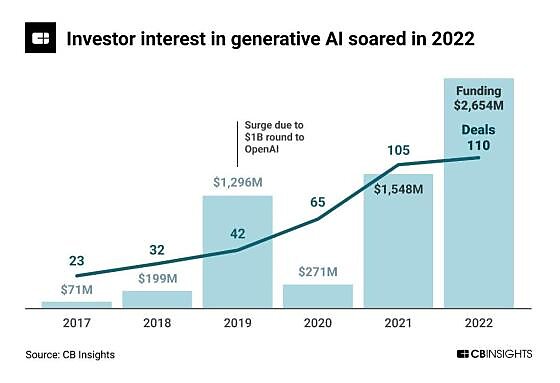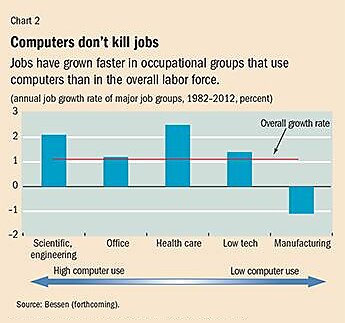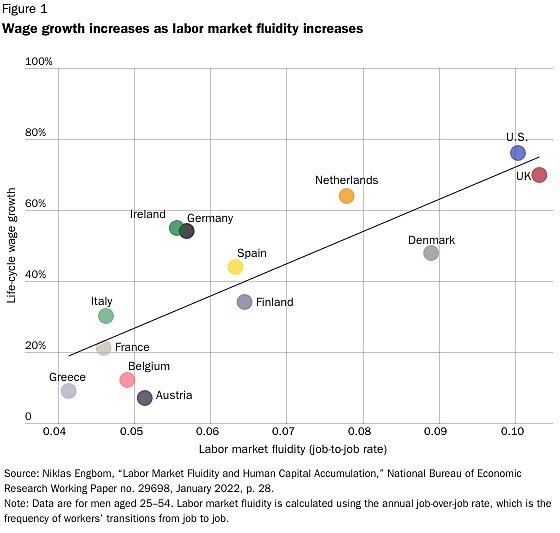This is basically the workflow I’ve stumbled into when playing with ChatGPT for the last few weeks: I have an idea for an essay; I ask it to write a first draft, with specific instructions regarding style and content; I ask it to refine that draft to correct, remove, or supplement the findings or to add things like citations and numbers; I do this a couple more times; and it ends up producing a sorta-useable first draft of something I might eventually be able to turn into a Cato blog post (though I haven’t actually gotten to that final stage—yet). I expect that, eventually, this will be a common workflow for writers and wonks, but certainly not yet and certainly not for relatively novel issues that lack an already-developed base of scholarly research and writing. And, to the extent that this technology does end up producing decent blog content, it’ll free up more time for me to do things like podcasts and speaking events, for which there is no robotic equivalent.
So, my job is probably safe—for now—but I’m going to need to adapt. And plenty of others will too. But, assuming AI doesn’t evolve far more quickly than most expect, we’ll generally be fine (though work will be different than it is today).
Other jobs, however, probably won’t be so lucky. It’s almost certainly true, for example, that generative AI will soon eliminate lower-skill “knowledge” jobs that entail little more than creating basic digital goods and services (e.g., customer service, newswire summaries, or clipart). As anyone who’s recently complained to an online customer service chat, this displacement has already been happening, and AI will surely accelerate the trend. Workers performing the remaining tasks will thus need to upskill to more creative work or to look for work in other, lower-skill industries where generative AI isn’t a capable replacement.
Changing jobs is never easy, but, as Wolla notes, the changers should eventually find new and different “jobs” because, in a free economy, new occupations and industries always emerge when others disappear:













